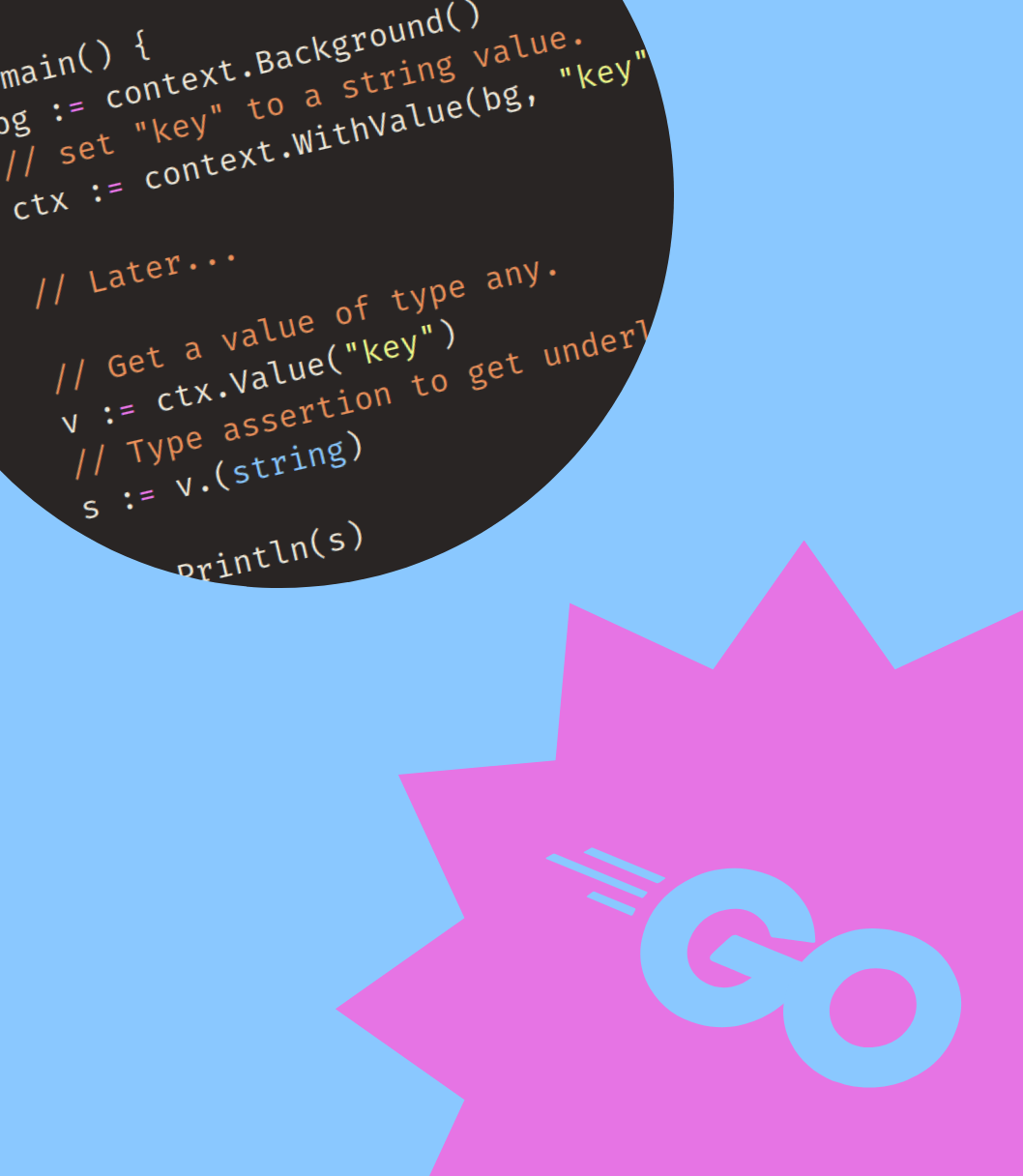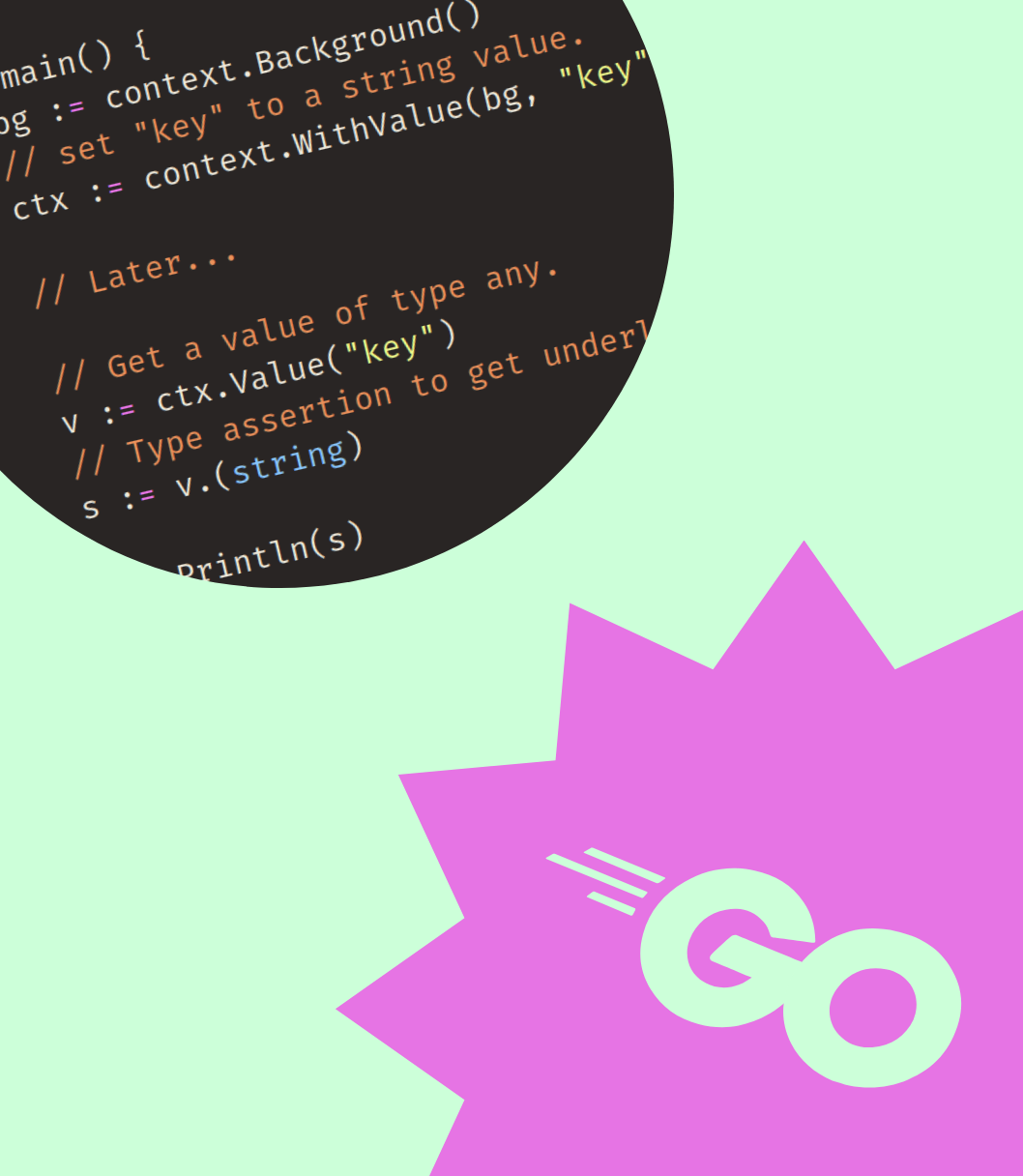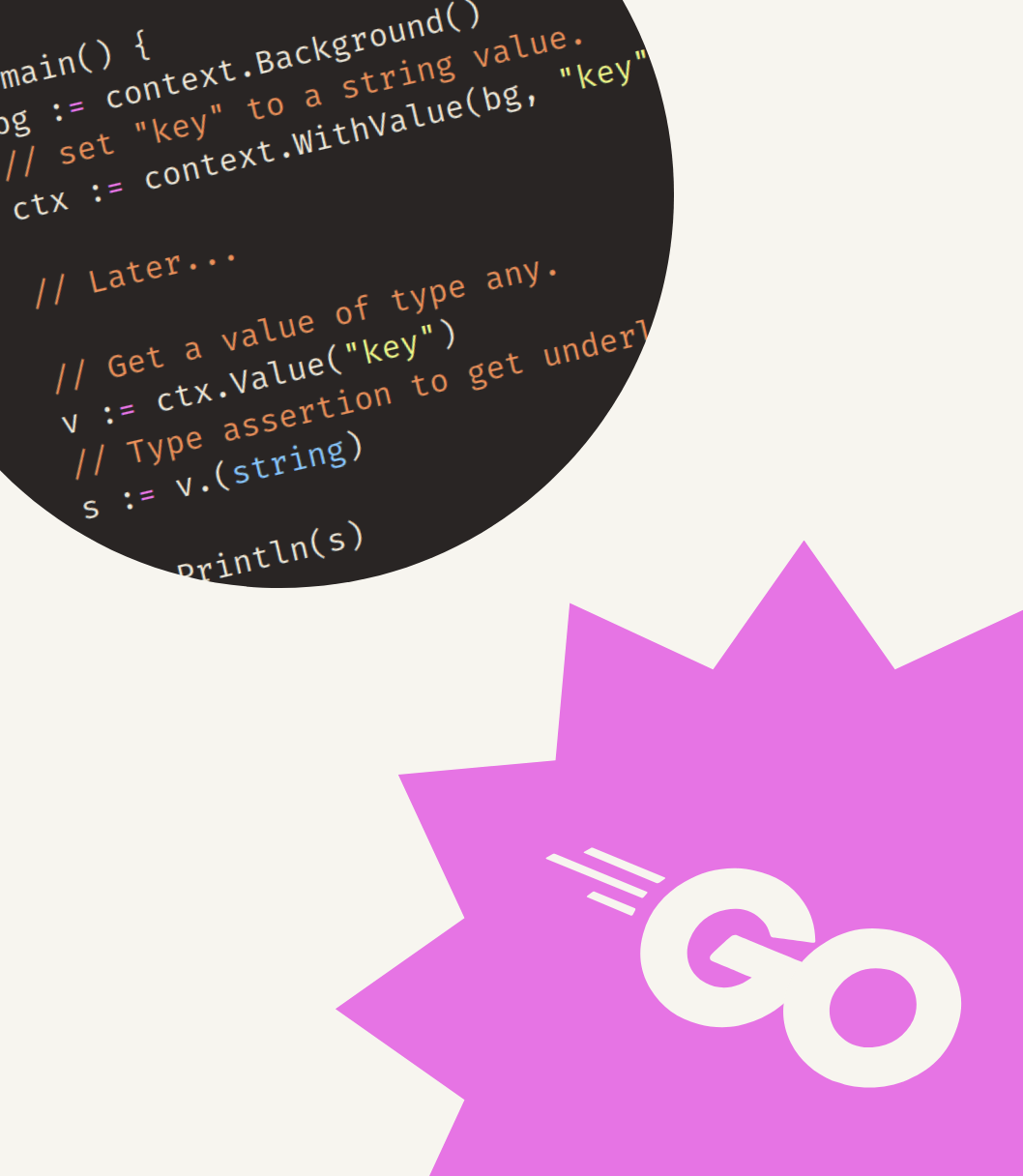Every Go developer trips up on it at some point: parsing a date or time. If you haven’t done it before, it can be a frustrating experience.
But.. you’re not alone. There are a lot of developers who share your frustration:

So why does this go so wrong for so often?
It’s usually a combination of:
- Misunderstanding the way layouts work.
- The cryptic error messages returned by
time.Parsewhen an invalid layout is provided.
This articles addresses both.
But first, some background.
Time parsing and layouts
You can’t just pass a raw string to your program and expect it to know what exact time or date it should be.
This doesn’t just go for programs, if I gave you the text "5/11/2023" you can interpret that as "5th of November 2023" or "11th of May 2023" depending on which notation you think I used.

This goes for parsers as well, they need to know which “notation” is used in order to get the right result. This “notation” is usually provided as a layout consisting of symbols.
These symbols indicate the expected format and position of an element of a date or time.
For example, symbols might look like this:
%dto indicate the day of the month.%mto indicate the month number.%Yto indicate the year, including century.
These symbols are used by the parsing function in the Standard C library (libc). A lot of other languages call out to this library. You can find more symbols here.
To parse a string, we need to create a layout (a “notation”) that places these symbols in the right place.
For example, parsing the string "5/11/2023" with:
"%d/%m/%Y"as a layout results in the date"5th of November 2023"."%m/%d/%Y"as a layout results in the date"11th of May 2023".
Most languages use these kind of symbols to define layouts:
- PHP, Java and .NET use their own symbols.
- Ruby allows you to use the libc symbols.
Go does things somewhat different.
Parsing time in Go
Parsing time in Go is done using the time.Parse function. Looking at its signature you will see that it accepts a layout and a raw input parameter:
func Parse(layout, value string) (Time, error)
However, when we call this function, things get funky:
package main
import (
"fmt"
"log"
"time"
)
func main() {
t, err := time.Parse("1/2/2006", "5/11/2023")
if err != nil {
log.Fatal(err)
}
year, month, day := t.Date()
fmt.Printf("year: %d, month: %d, day: %d", year, month, day)
}
What is going on here?
Is "1/2/2006" an example we’re providing as a layout?
No.
time.Parse doesn’t use symbols in its layout, it uses elements of a reference time.
The reference time
This reference time is specifically chosen so that every element (minutes, hours, days etc) has a different value. Because every element has an unique value, the parser can use these values as “symbols” to identify which part goes where.
From the example above we can deduce the following values (and their equivalent libc-style symbol):
| libc symbol | Go value | Description |
|---|---|---|
"%d" |
"2" |
The day of the month |
"%m" |
"1" |
The month number |
"%Y" |
"2006" |
The year, including century |
This also means that the Go "01/02/2006" layout is equivalent to "%m/%d/%Y" libc-style layout.
Let’s take a look at the full reference time:
// in the time package
// The reference time, in numerical order.
const Layout = "01/02 03:04:05PM '06 -0700"
If we write this out we get "January 2, 15:04:05, 2006, in time zone seven hours west of GMT".
At a first glance this reference time might seem random, but it’s not. When you format this time according to American convention (month/day/year), the values increase from low to high.
It's noted in the documentation that:
"It is a regrettable historic error that the date uses the American convention of putting the numerical month before the day."
This came to be because one of Go's designers (Rob Pike) did not realize his computer was configured to use an American locale. He ran the date command locally and used the output from that.
The “reference time” way of specifying a layout is somewhat controversial and can lead to mistakes if you’re not used it it.
More formats
The "1", "2" and "2006" are not the only values we can use. The elements of the reference time can be written as different values to parse differents formats.
| Element | Possible values |
|---|---|
| Year | "2006", "06" |
| Month | "Jan", "January", "01", "1" |
| Day of the week | "Mon", "Monday" |
| Day of the month | "2", "_2", "02" |
| Day of the year | "__2", "002" |
| Hour | "15", "3", "03" (PM or AM) |
| Minute | "4", "04" |
| Second | "5", "05" |
| AM/PM mark | "PM" |
A complete overview (including timezones) can be found in the documentation.
Below we use values from the above table to parse an English month and two-digit year from a string.
package main
import (
"fmt"
"log"
"time"
)
func main() {
t, err := time.Parse("January 06", "March 19")
if err != nil {
log.Fatal(err)
}
year, month, day := t.Date()
fmt.Printf("year: %d, month: %d, day: %d", year, month, day)
}
Trouble remembering?
You might want to try out Goland if you have trouble remembering the reference time and possible values.
It provides automatic suggestions that can convert from symbols to reference time values.
Examples
I have created some code snippets that show you how to parse common formats into time.Time values.
- RFC3339 timestamps.
- Time Only.
- Date Only.
- Datetime.
- Unix timestamps, can’t be parsed using
time.Parse.
Common mistakes
Mistakes happen, and unfortunately, time.Parse does not always return clear error messages.
If you run into cryptic errors like:
cannot parse "X" as "Y"
It’s usually one of the following two issues.
Layout is NOT an example
If you’re unfamiliar with the reference time it can look like “random” example that time.Parse somehow turns into layout. But that’s not how it works, you need to use the specific reference time values in your layout.
For example, the following example needs to use "01/02/2006" as a layout to make it work.
package main
import (
"fmt"
"log"
"time"
)
func main() {
t, err := time.Parse("9/4/1992", "5/22/2023")
if err != nil {
log.Fatal(err)
}
year, month, day := t.Date()
fmt.Printf("year: %d, month: %d, day: %d", year, month, day)
}
Switching layout and input
When you call time.Parse with two literal values it can be difficult to glance which input is the layout and which one is the value. The first parameter should always be the layout and use the reference time.
In the example below I have switched the layout and input, switch them back to fix the error.
package main
import (
"fmt"
"log"
"time"
)
func main() {
t, err := time.Parse("5/22/2023", "9/4/1992")
if err != nil {
log.Fatal(err)
}
year, month, day := t.Date()
fmt.Printf("year: %d, month: %d, day: %d", year, month, day)
}
Outro
I hope this article clears up some possible misconceptions around time.Parse. Feel free to reach out if you have any questions or need help :)



Get my free newsletter periodically*
Used by 500+ developers to boost their Go skills.
*working on a big project as of 2025, will get back to posting on the regular schedule once time allows.
